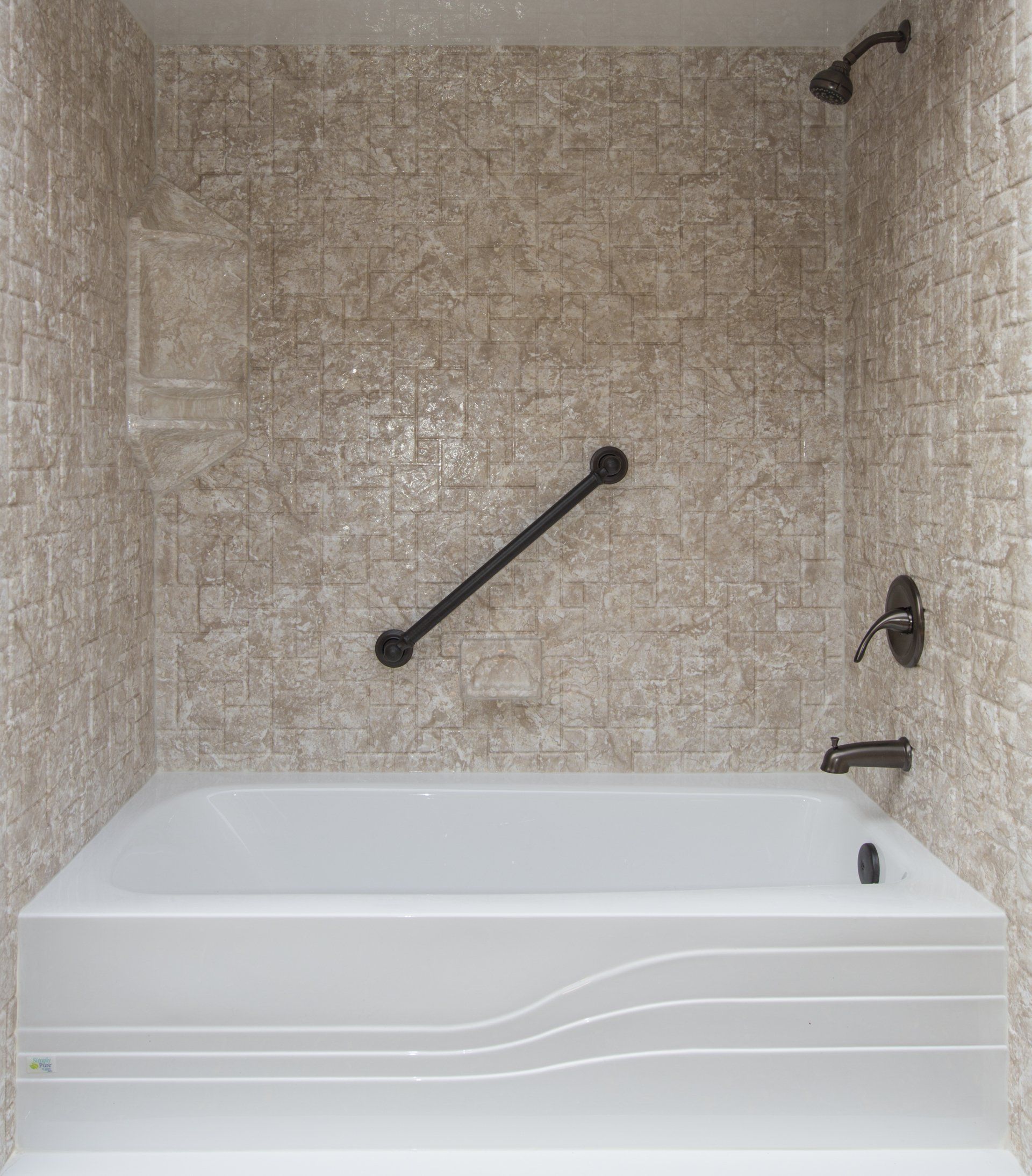5 signs it's time to replace your bathtub in Southern Maine
When was the last time you took a close look at your bathtub? In the rush of daily life, it's easy to overlook this central element of your bathroom until issues become too glaring to ignore. In Southern Maine, where the charm of coastal homes often comes with the quirks of older plumbing and fixtures, keeping your bathtub in prime condition is essential not only for your comfort but also for maintaining your home's value. If you're wondering whether it's time for a replacement, here are five signs that your bathtub might be due for an upgrade.
1. Visible Wear and Tear
One of the most obvious signs that your bathtub needs replacing is visible damage. Chips, cracks, and surface stains not only mar the appearance of your tub but can also compromise its structural integrity. These imperfections can harbor bacteria and mold, posing health risks and requiring frequent, intensive cleaning. Moreover, minor cracks can develop into major leaks if not addressed. A new bathtub can refresh the look of your bathroom and provide a hygienic, appealing space.
2. Difficulty in Cleaning
As bathtubs age, their surfaces can become porous and rough, making them increasingly difficult to clean. You might find yourself spending more time scrubbing, or using harsher chemicals to achieve the same level of cleanliness as before. This not only demands more of your time but can also impact your health due to the constant inhalation of strong cleaning agents. Replacing an old, worn-out tub can drastically reduce cleaning time and improve the overall hygiene of your bathroom.
3. Outdated Style and Inefficiency
Trends in bathroom design change over the years, and an outdated bathtub can make your entire bathroom feel like a relic from a bygone era. Beyond aesthetics, older bathtubs might not be as water-efficient as newer models. Modern bathtubs are designed with both style and sustainability in mind, often including water-saving features that can help reduce your utility bills. Upgrading to a contemporary bathtub can enhance the look of your bathroom and contribute to your home's energy efficiency.
4. Leaks and Structural Issues
Persistent leaks are a major red flag that your bathtub may need replacing. Water seepage can lead to significant damage, affecting not just the bathroom floor and walls, but potentially compromising the structural integrity of your home. Additionally, if you notice that the floor around the tub feels spongy or soft, it could indicate that water has damaged the underlayment or joists. Addressing these issues promptly with a new bathtub installation can prevent more extensive and expensive repairs down the line.
5. Comfort and Safety Concerns
Older bathtubs might not meet the current standards for comfort and safety. Many lack features such as ergonomic designs for back support and non-slip surfaces, which are crucial for preventing falls, especially for elderly or mobility-impaired individuals. Upgrading to a newer model can significantly enhance the safety and functionality of your bathroom, making your bathing experience more comfortable and secure.
Recognizing the signs that it's time to replace your bathtub can save you from future hassles and unnecessary expense. If your bathtub shows any of the signs mentioned above, consider consulting with a bathroom renovation expert in Southern Maine. They can help you choose the right model that fits your aesthetic preferences, meets modern standards for efficiency, and ensures your bathroom is safe and comfortable for all who use it. A new bathtub is not just a purchase; it's an investment in your home's comfort, safety, and overall value.
Blog






